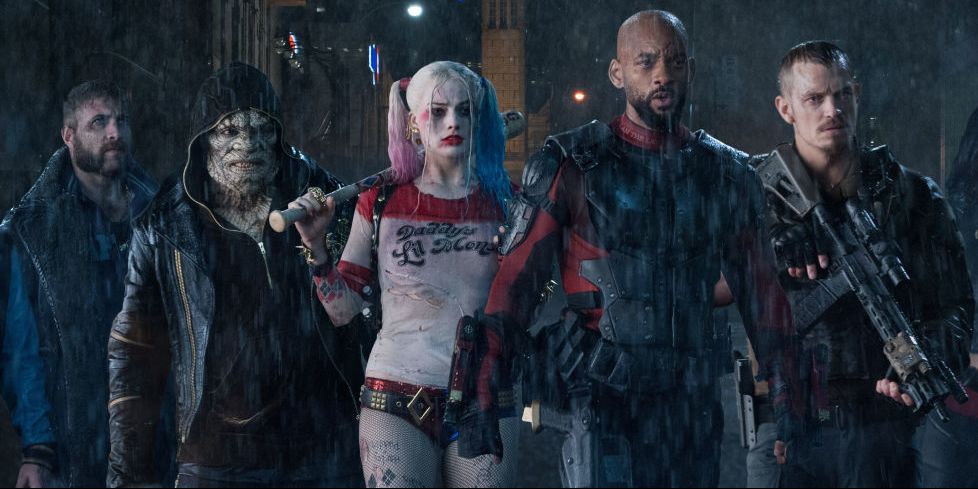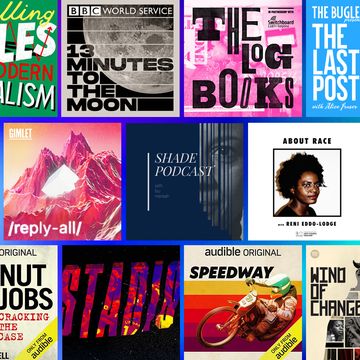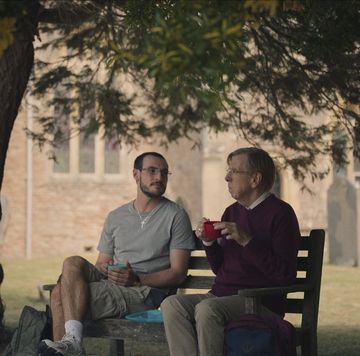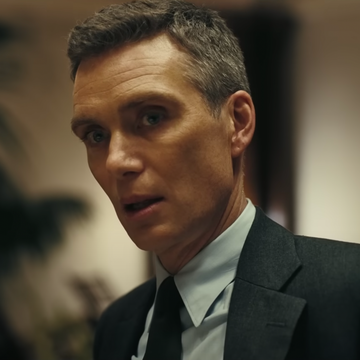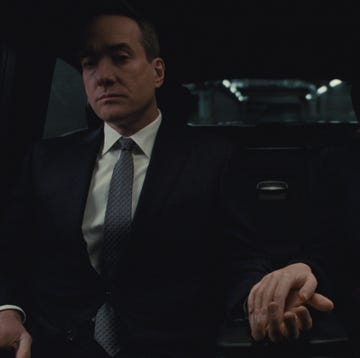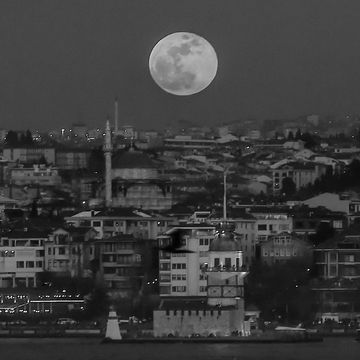There’s been a lot of controversy surrounding this year’s Oscars, so we thought why not throw in some more by looking back at some of the most unexpected winners of those little gold statuettes over the years.
Let’s take a look at ten Academy Award-winning movies that didn’t fare so well in the audience’s eyes.
1. The Iron Lady (2011)
It’s got Meryl Streep in the lead, Phyllida Lloyd behind the camera and it centres on one of the most controversial female political figures in UK history – in other words, The Iron Lady had Oscar-winner stamped all over it before it even hit the big screen.
Unfortunately, despite yet another knockout turn from Streep, the film was perceived as ignoring the divisive legacy of former British Prime Minister Margaret Thatcher.
Even so, it managed to bag awards for Best Actress and Best Makeup. Must have been a slow year, because The Iron Lady received an incredibly poor 51% audience score and a slew of biting reviews.
2. Suicide Squad (2016)
When the almighty letdown that was Suicide Squad became the recipient of the Oscar for Best Hair and Makeup, it didn’t take long before it was the subject of the meme “Suicide Squad has more Oscars than…”.
Yes, it didn’t exactly win Best Picture but people were quick to point out the injustice that the film (one that ties with Batman v Superman as the worst-reviewed Worlds of DC movie to date) can still now say it has more Academy Awards than Taxi Driver, 2001: A Space Odyssey and The Shawshank Redemption.
The injustice is real, particularly when you consider that Suicide Squad debuted to a 26% rating from critics when it was released, bumped up to a meagre 27% today. Even Jared Leto and director David Ayer expressed regret over the issues that arose due to the editing process – here’s hoping Birds of Prey can bring back some of that DC glory.
3. Harry and the Hendersons (1987)
Let’s get this one straight – Harry and the Hendersons is a pure hit of nostalgic fuzziness. But it’s certainly not one you’d place in the ranks of Hollywood’s finest cinematic achievements.
Perhaps another piece of evidence that the Oscars voting process can be skewed at the best of times, William Dear’s '80s flick about a family who adopt a sasquatch, is – unbelievably – an Academy Award-winning movie. No, seriously.
Although today it’s considered a relic of the era, the film flopped upon its release back in 1987 and received a lacklustre response, with reviews ranging from “Spielbergian sentimentality at its ickiest” to “Attention must be paid when a movie is as aggressively awful as Harry and the Hendersons”.
4. The Hurt Locker (2009)
Yes, we were surprised by this one too. The Hurt Locker is undeniable proof that box-office success doesn’t always mean Oscar glory and vice versa. Kathryn Bigelow's well-acted, action-packed The Hurt Locker is widely considered to be one of the best recent dramatisations of the Iraq War.
Clearly audiences didn’t get the memo, as the film flopped at the box office, grossing just $49.2 million worldwide and barely turning in a profit. Perhaps this was to do with the fact that its subject matter wasn’t particularly popular with US audiences at the time of release.
Either way, the film nabbed six Oscars and made history in more ways than one, as Bigelow took home the prize for Best Director, making her the first female filmmaker to be honoured within the category.
5. The Wolfman (2010)
The Wolfman is another one of those “has more Oscars than” moments. A remake of the 1941 horror of the same name, director Joe Johnston had some awfully big, hairy shoes to fill. Did he manage it? Definitely not.
Despite winning the prize for Best Makeup at the 2011 Academy Awards, the film only grossed a box-office total of $139.8 million worldwide, failing to recoup its $150 million budget. Critics and viewers alike were not impressed, totalling a measly 33% audience rating and a consensus describing it as: “All over the place and bland at the same time.”
Even Benicio del Toro’s standout performance couldn’t save this one.
6. Hugo (2011)
Yes, somehow Oscars heavyweight Martin Scorsese has made it onto this list thanks to his 2011 drama-fantasy Hugo, which snagged not one, but five Academy Awards.
The only problem is, not enough people actually went to see the film. It pulled in a total of $185.8 million at the box office (which sounds like a lot, until you compare it with the $180 million production cost).
Granted, Scorsese’s foray into the family genre (and 3D) turned out to be a critics' darling (hence the eleven Oscar nominations), but the viewers were divided, with many describing Hugo as the worst movie they’d ever seen. Not what you want to hear when your film inflicted an estimated loss of more than $80 million.
7. Blade Runner 2049 (2017)
All things considered, Blade Runner 2049 was a pretty decent follow-up to Ridley Scott’s groundbreaking sci-fi thriller. The film stars Ryan Gosling as K, a young replicant-hunting officer who attempts to track down Harrison Ford’s Rick Deckard, who’s been missing for thirty years.
Call it The Hurt Locker effect, because despite being one of the most anticipated films of the year, the Denis Villeneuve-directed remake bombed at the US box office, earning just over $31m on its opening weekend – just a fifth of its massive budget of more than $150 million.
Many put this down to the film being too long – even Scott thought so, stating: “It’s slow. It’s slow. Long. Too long. I would have taken out half an hour.” Anyone who saw the film at the cinema will be inclined to agree.
But pacing aside, the film was a visual treat, which is perhaps why it went home with two Academy Awards: Best Visual Effects and Best Cinematography, the latter of which went to Roger Deakins, who was well overdue an Oscar anyway after being snubbed by the academy for over 25 years.
8. The Wizard of Oz (1939)
We thought we’d save the best till last. Although the Judy Garland-starring Wizard of Oz is one of the most influential movies of all time, when it debuted all the way back in 1939, the audiences were not so impressed.
The film received multiple nominations at the 1940 Academy Awards ceremony and wound up taking home the gold for Best Original Score. However, financially it was a stinker after running into all sorts of production problems, costing a grand total of $2.7 million to make.
The first theatrical run only drew $3 million in box office sales, which, when calculated with additional costs, reportedly lost MGM almost $1 million in 1930s money.
